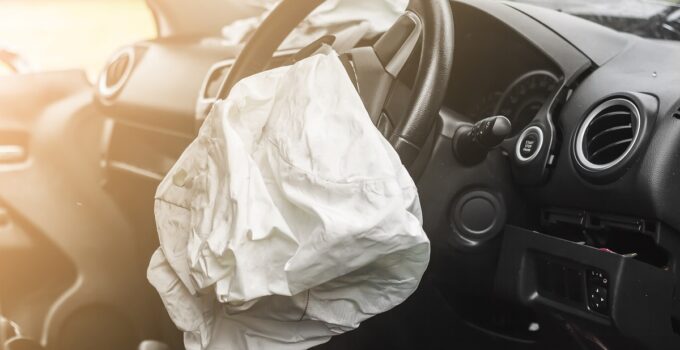Auto design failures have been at the heart of numerous regulatory changes and safety standards. From dramatic recalls to tragic accidents, these failures often prompt lawmakers and manufacturers to address critical safety issues.
1. The Pinto Firestorm: A Case Study in Flammable Failures
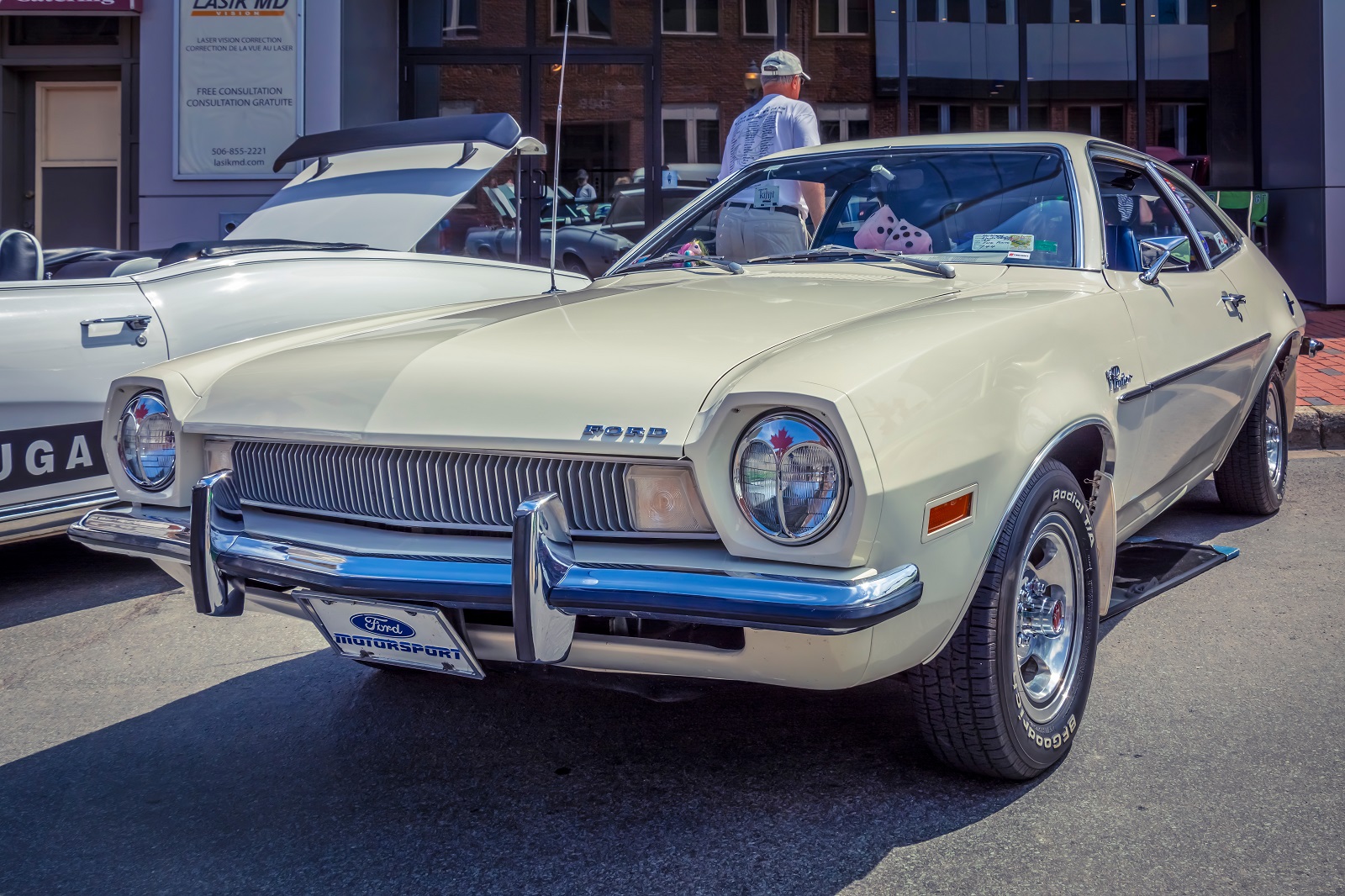
Image Credit: Shutterstock / Ken Morris
The Ford Pinto’s infamous fuel tank design flaws in the 1970s led to numerous fire-related accidents and fatalities. The design issue, which made the tank prone to exploding on impact, spurred widespread outrage and legal action. This disaster was pivotal in prompting stricter safety regulations on fuel system designs and crashworthiness.
2. The Takata Airbag Crisis: From Faulty Inflators to New Regulations
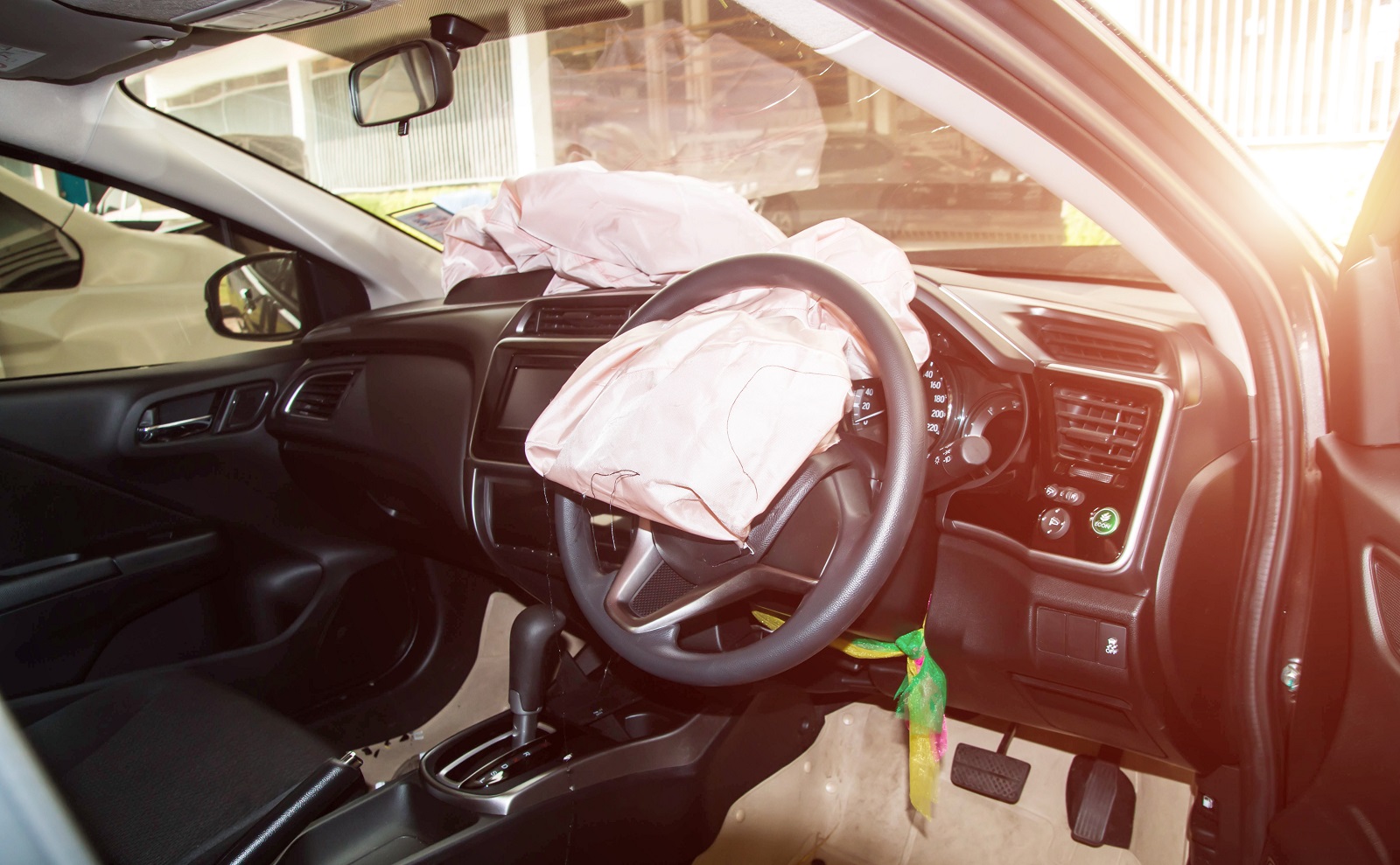
Image Credit: Shutterstock / Sippapas somboonkarn
Takata’s defective airbags, which could explode and send metal shards into passengers, led to one of the largest recalls in automotive history. The crisis exposed severe flaws in airbag deployment systems and spurred the introduction of more rigorous testing and certification processes for airbag manufacturers. It also led to new legislation requiring more stringent oversight of automotive safety components.
3. The GM Ignition Switch Scandal: Ignition Failures and Enhanced Safety Standards
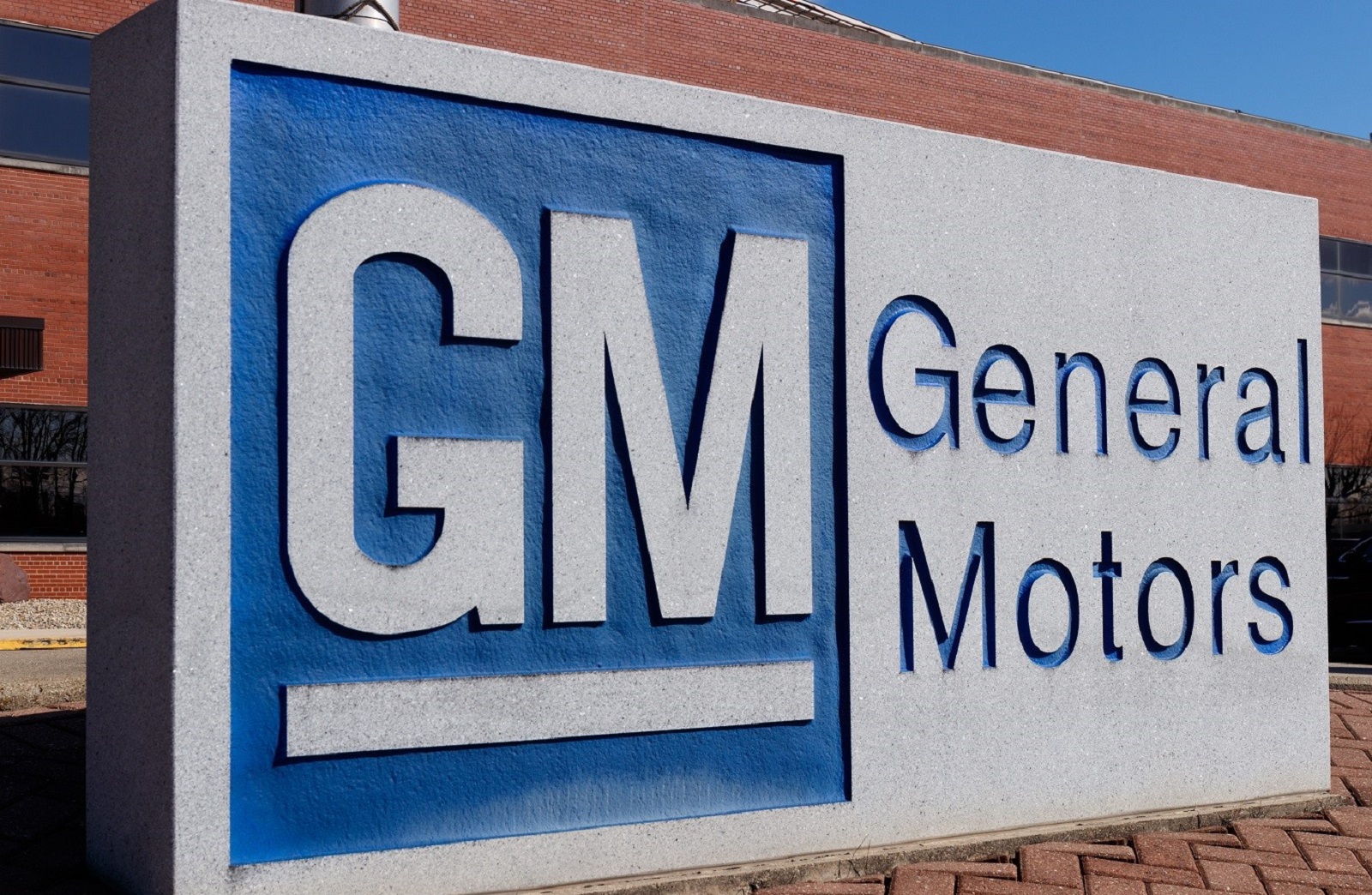
Image Credit: Shutterstock / Jonathan Weiss
General Motors faced massive recalls due to faulty ignition switches that could lead to engine stalling and loss of power steering. This scandal highlighted deficiencies in the vehicle’s safety mechanisms and led to legislative changes requiring manufacturers to report safety defects more promptly. The event also resulted in increased scrutiny of automaker compliance and accountability.
4. The Jeep Grand Cherokee Rollaway Issue: Design Flaws and Enhanced Safety Protocols

Image Credit: Shutterstock / rebinworkshop
The 2014 recall of Jeep Grand Cherokees due to a design flaw that allowed the transmission to shift out of park led to rollaway incidents. This flaw demonstrated the need for more stringent safety measures and design standards regarding shift mechanisms. It prompted regulatory agencies to enforce stricter requirements for vehicle transmission systems to prevent rollaway accidents.
5. The Tesla Autopilot Controversies: Autonomy Failures and New Safety Guidelines

Image Credit: Shutterstock / Scharfsinn
Tesla’s Autopilot system faced criticism following several high-profile accidents where the technology failed to prevent collisions. These incidents highlighted the limitations of semi-autonomous driving systems and led to calls for clearer guidelines on driver assistance technologies. The failures have driven the development of new standards for testing and deploying autonomous vehicle technologies.
6. The Toyota Unintended Acceleration Recall: From Malfunctions to Comprehensive Reviews
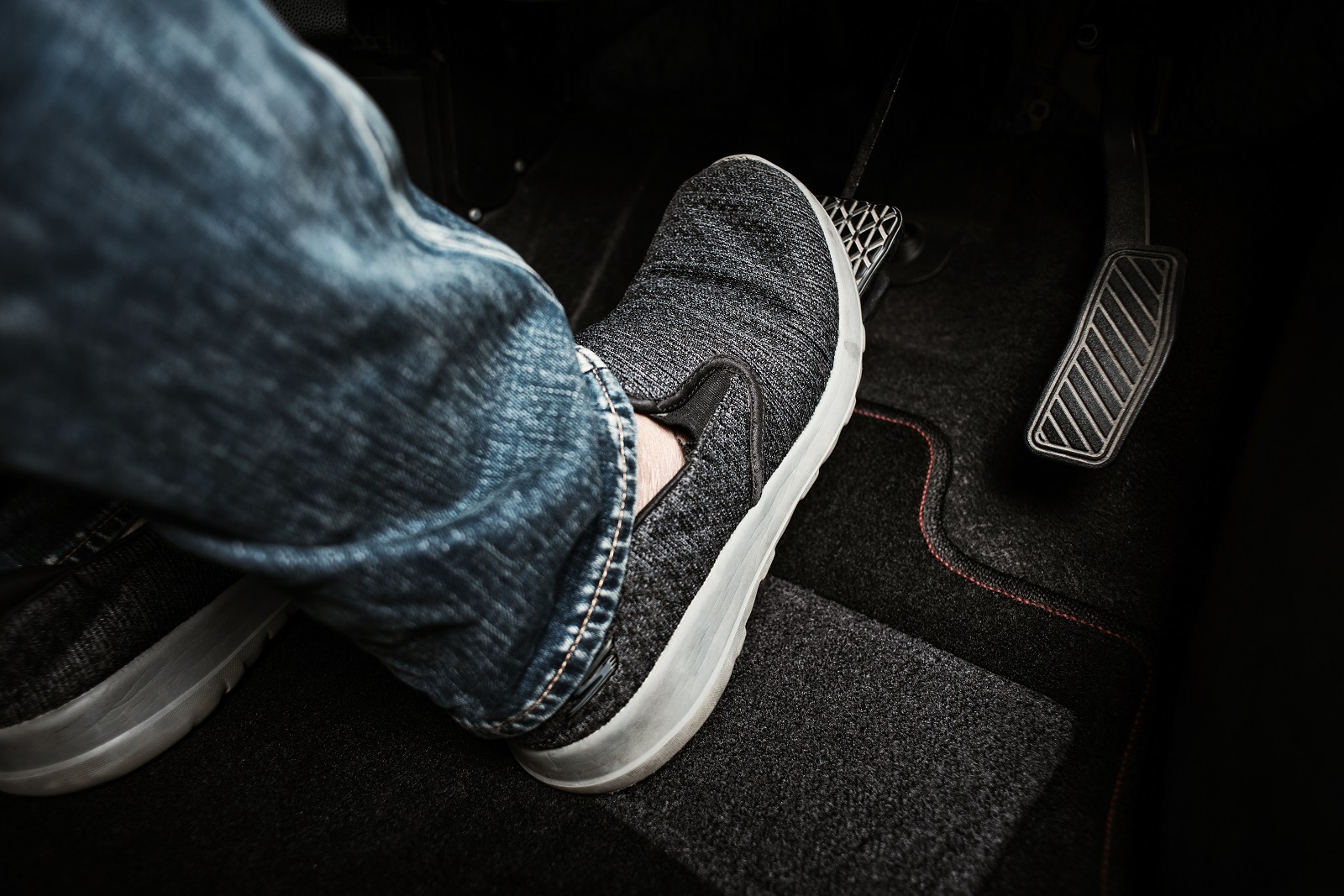
Image Credit: Shutterstock / Nor Gal
Toyota’s unintended acceleration issues, which were linked to faulty floor mats and accelerator pedals, led to a major recall affecting millions of vehicles. The recall underscored the need for improved vehicle control systems and prompted new regulations on accelerator and braking systems. It also spurred industry-wide reviews of unintended acceleration risks.
7. The Ford Explorer Rollover Risk: Tire Failures and Stability Standards
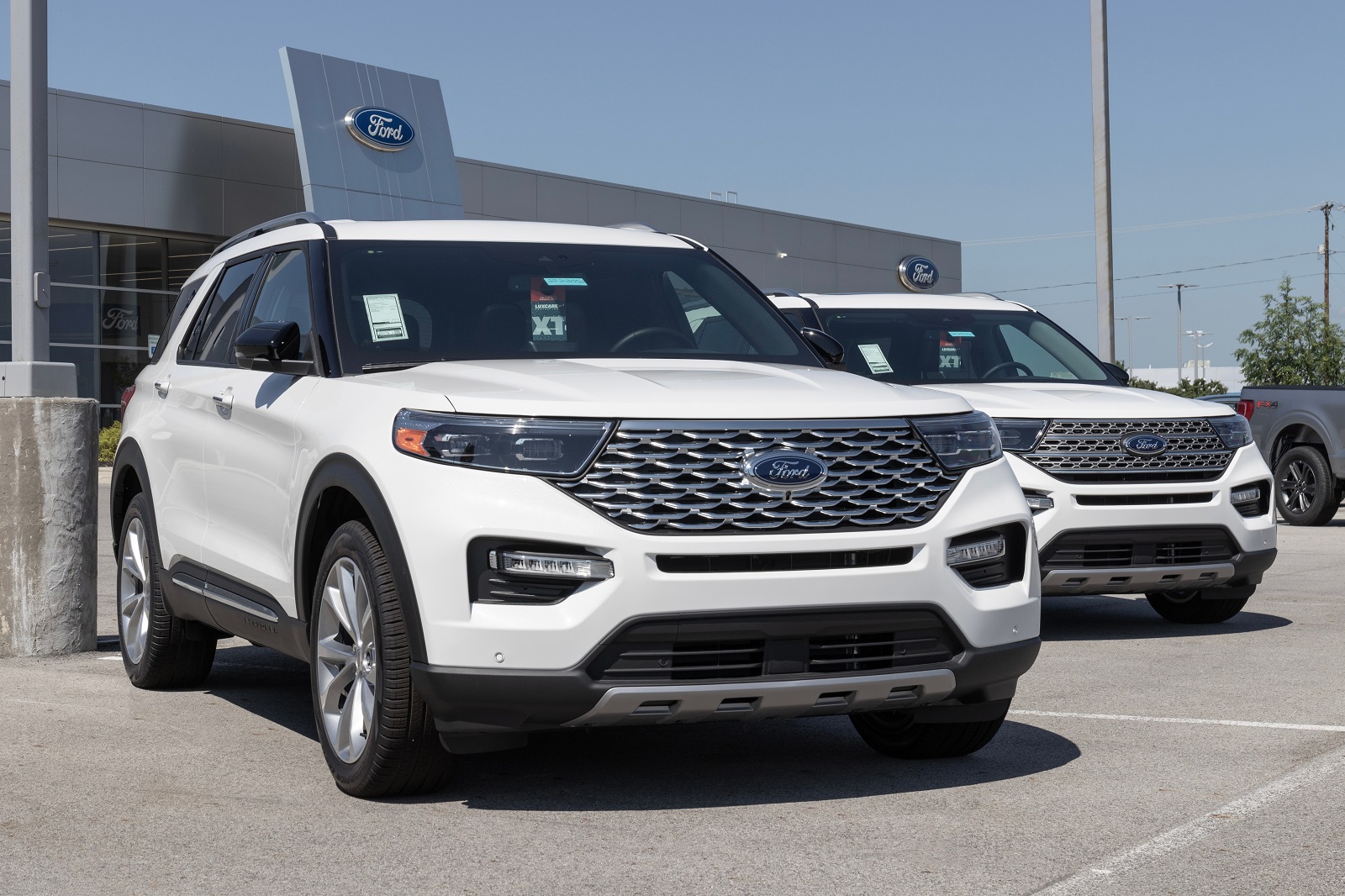
Image Credit: Shutterstock / Jonathan Weiss
The Ford Explorer faced criticism due to high rollover rates linked to tire failures and vehicle stability issues. These incidents highlighted the need for improved vehicle stability control systems and led to regulatory changes requiring enhanced tire safety standards. The case prompted more rigorous testing and better standards for vehicle handling and stability.
8. The Volkswagen Emissions Scandal: From False Claims to Stricter Environmental Laws
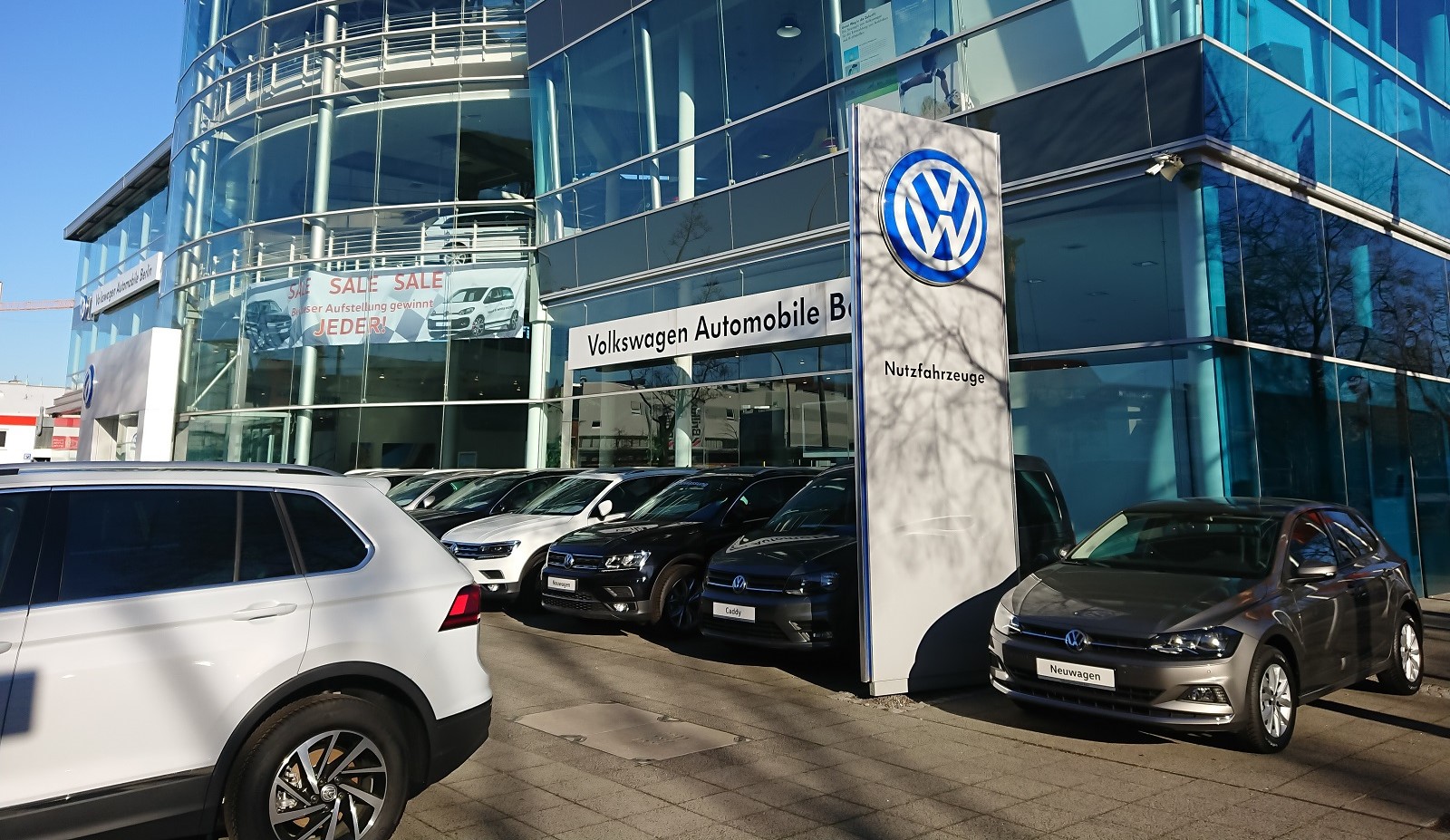
Image Credit: Shutterstock / Cineberg
Volkswagen’s emissions scandal, where the company installed software to cheat emissions tests, revealed significant discrepancies between reported and actual emissions levels. The scandal led to stricter regulations on emissions testing and vehicle certification procedures. It also resulted in increased oversight of automotive environmental compliance.
9. The Fiat Chrysler Jeep Fires: Fuel Tank Failures and Improved Safety Measures

Image Credit: Shutterstock / Jonathan Weiss
Fiat Chrysler faced recalls due to fuel tank placement issues that increased the risk of fire in rear-end collisions. The issues led to stronger regulations on fuel tank placement and collision safety standards. It highlighted the need for improved safety designs to prevent fuel system failures and related hazards.
10. The Hyundai-Kia Engine Defects: From Engine Failures to Enhanced Safety Checks
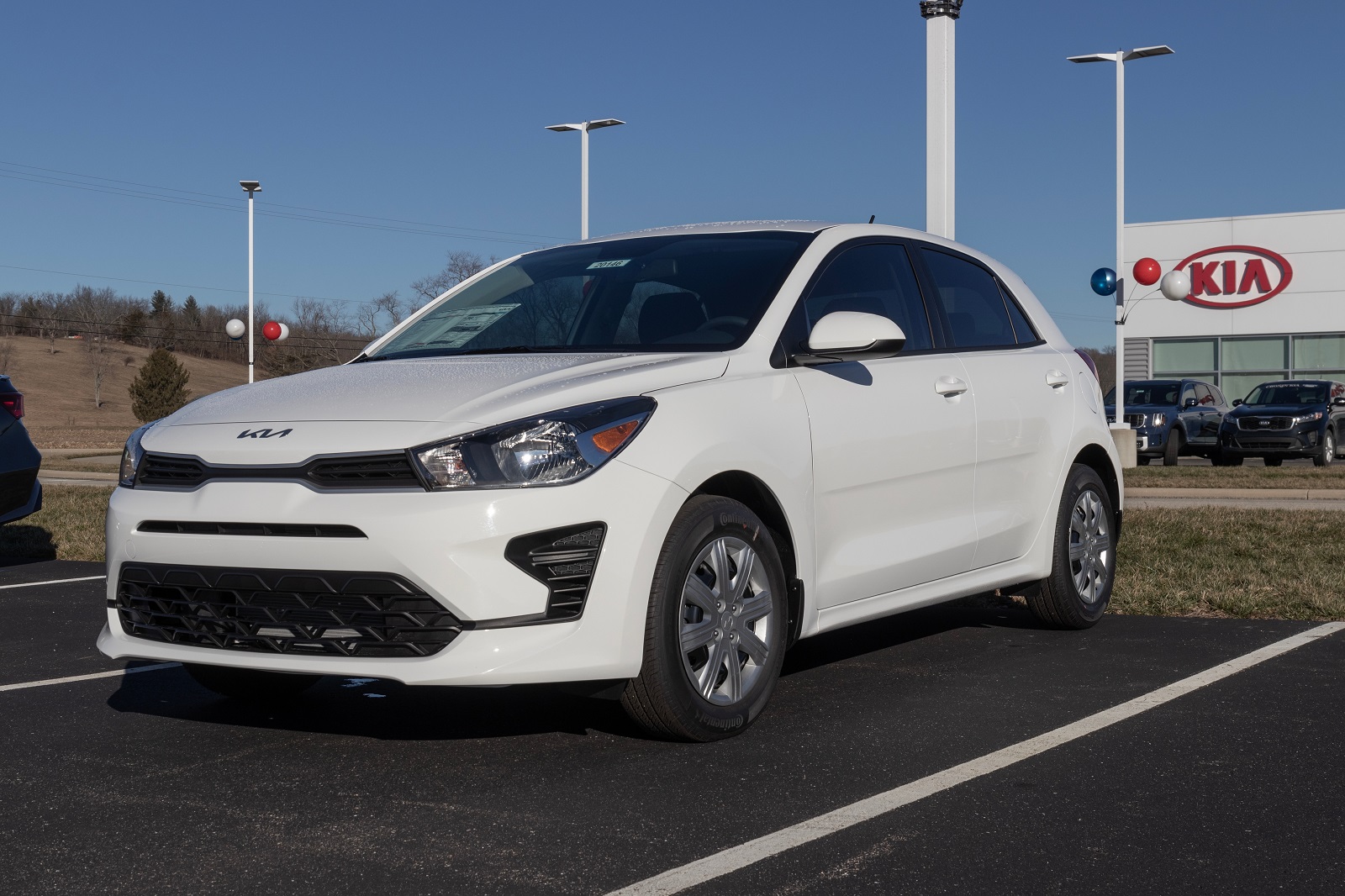
Image Credit: Shutterstock / Jonathan Weiss
Hyundai and Kia’s engine defects, which led to fires and potential stalling, prompted a series of recalls and legal actions. The defects highlighted the need for more rigorous engine quality controls and safety checks. The automotive industry responded with improved standards for engine reliability and testing.
11. The Subaru Brake Defects: Faulty Systems and Better Brake Testing Protocols

Image Credit: Shutterstock / Zoran Karapancev
Subaru faced recalls due to brake defects that compromised vehicle safety. The defects led to revised testing protocols and stricter safety standards for braking systems. This case underscored the importance of reliable brake systems and thorough testing.
12. The BMW Battery Fires: Electrical Failures and Stricter Electrical Safety Standards

Image Credit: Shutterstock / NothingIsEverything
BMW’s battery fires, caused by defects in the battery management system, prompted significant recalls and safety reviews. The incidents led to enhanced standards for electrical systems and battery management in vehicles. Improved safety protocols were established to address and prevent such electrical failures.
13. The Mercedes-Benz Defective Seatbelts: Safety Failures and Improved Restraint Systems

Image Credit: Shutterstock / woodsnorthphoto
Mercedes-Benz faced recalls due to defective seatbelt systems that failed to properly restrain passengers during crashes. These failures highlighted the need for more robust seatbelt testing and regulations. New standards were introduced to ensure the reliability and effectiveness of occupant restraint systems.
14. The Audi Timing Chain Issues: Engine Failures and Enhanced Quality Control
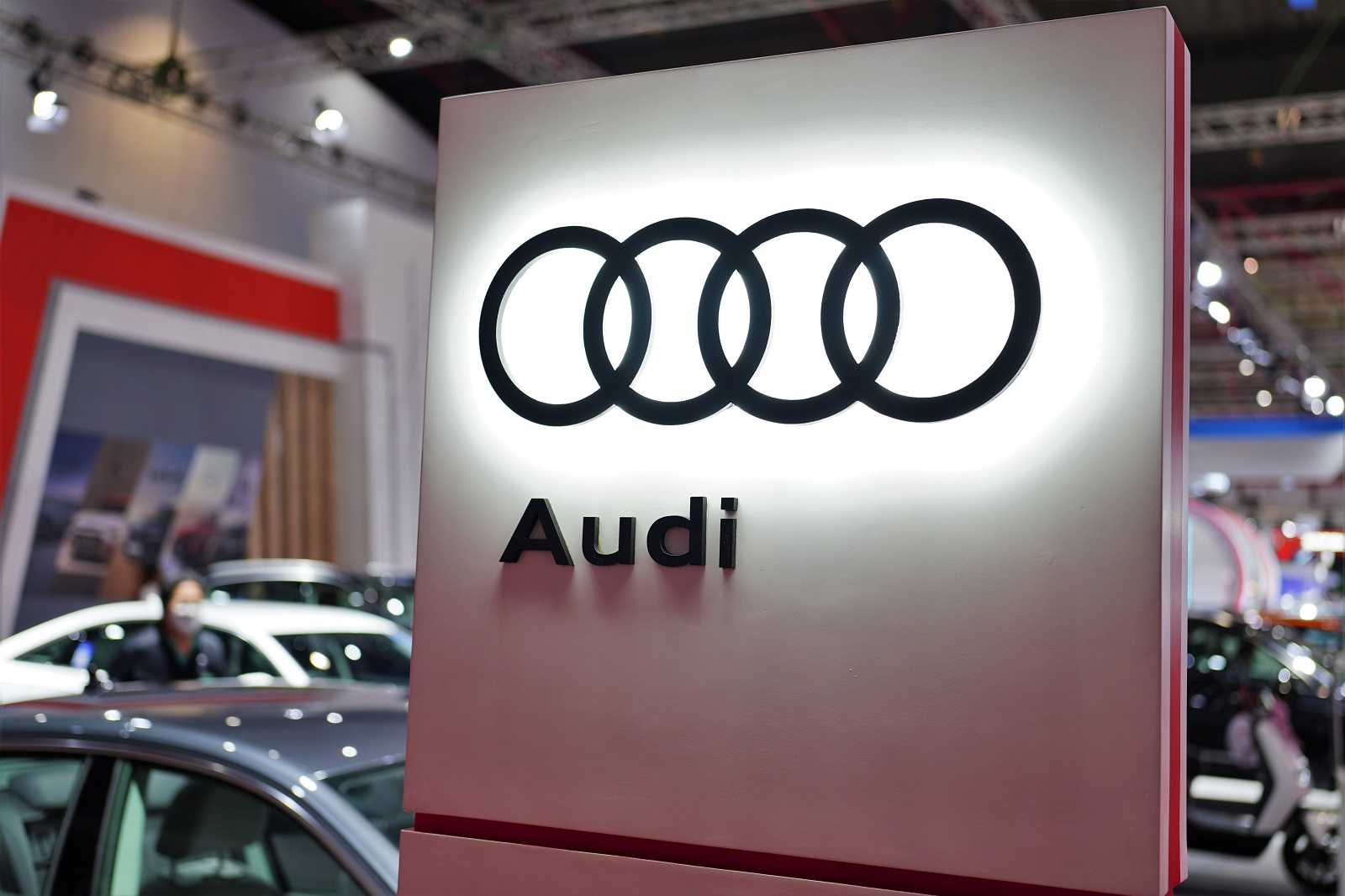
Image Credit: Shutterstock / haryanta.p
Audi’s timing chain problems led to severe engine failures and subsequent recalls. The issues prompted more stringent quality control measures and testing for engine components. The automotive industry adopted improved standards to prevent similar mechanical failures.
15. The Acura Transmission Problems: Shifting Issues and Stricter Transmission Standards
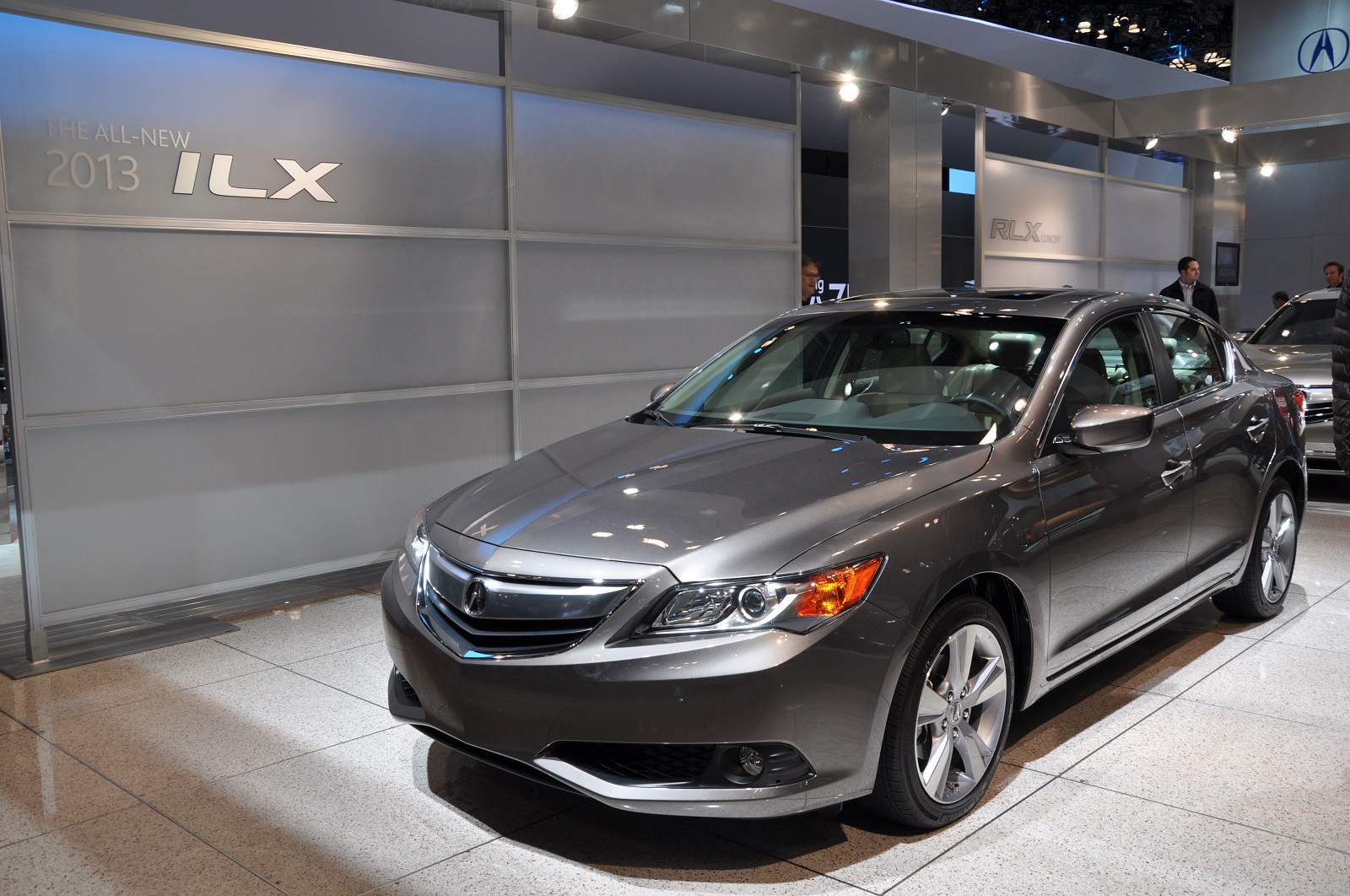
Image Credit: Shutterstock / Ritu Manoj Jethani
Acura faced recalls due to transmission problems that caused rough shifting and potential failures. The defects highlighted the need for better transmission design and quality assurance. New regulations were introduced to enhance transmission reliability and performance.
16. The Land Rover Suspension Failures: Ride Quality Issues and Better Suspension Standards

Image Credit: Shutterstock /
Land Rover’s suspension failures led to concerns about ride quality and vehicle stability. The issues prompted stricter standards for suspension systems and ride quality testing. The automotive industry implemented better design and testing protocols to address suspension problems.
17. The Porsche Turbocharger Defects: Performance Issues and Enhanced Performance Standards

Image Credit: Shutterstock / Grzegorz Czapski
Porsche faced recalls due to defects in turbocharger systems that affected performance and reliability. The issues led to improved standards for turbocharger design and performance testing. New protocols were established to ensure better performance and durability.
18. The Lincoln Airbag Issues: Deployment Failures and Improved Safety Systems
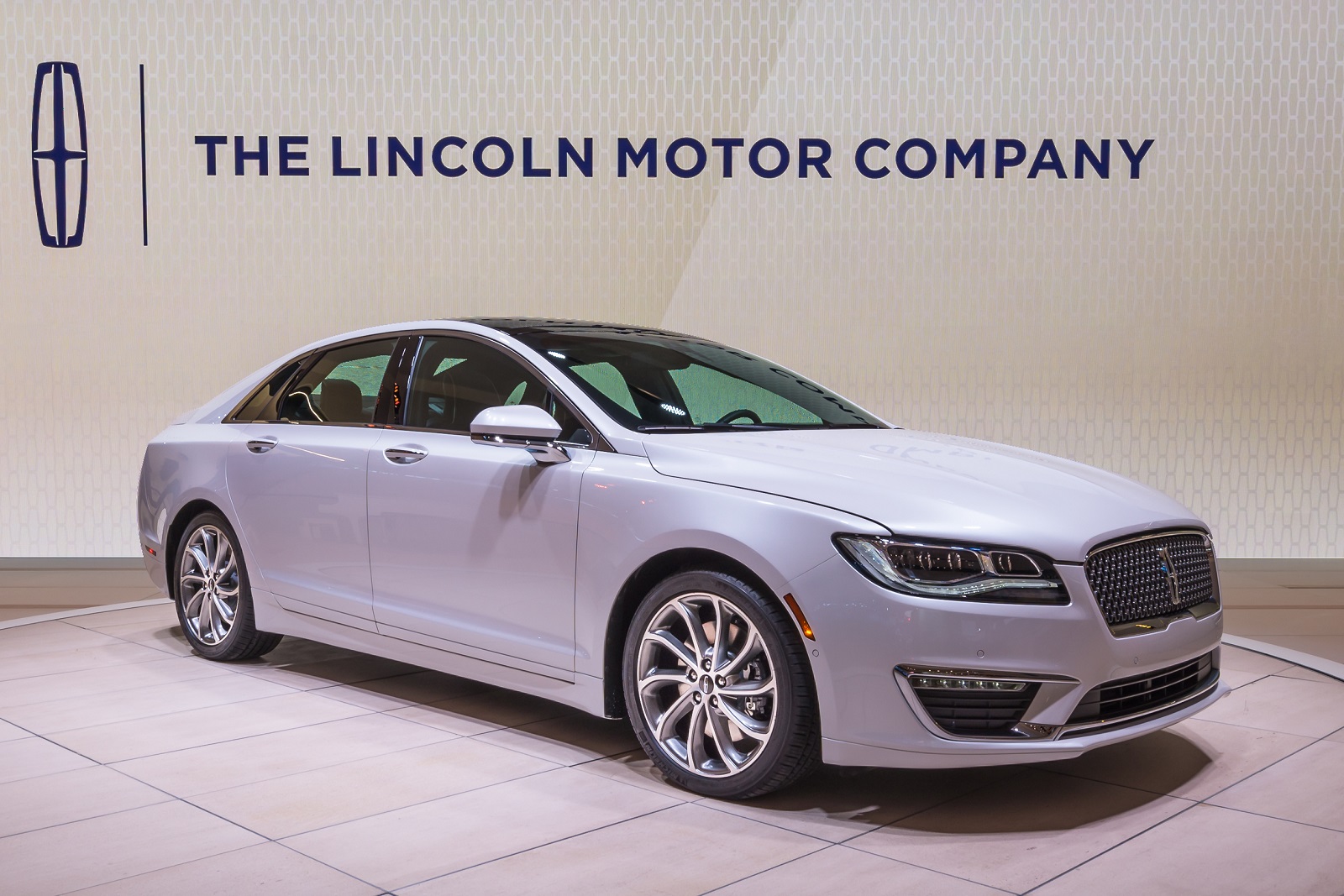
Image Credit: Shutterstock / Steve Lagreca
Lincoln faced recalls due to airbag deployment failures that compromised occupant safety. These issues led to stricter regulations and standards for airbag systems. Enhanced testing and quality control measures were introduced to prevent similar safety failures.
19. The Jaguar Fuel Pump Failures: Fuel System Issues and Stricter Fuel System Regulations

Image Credit: Shutterstock / emirhankaramuk
Jaguar’s fuel pump failures led to potential engine stalling and safety concerns. The defects prompted stricter regulations for fuel system components and quality control. The automotive industry adopted better standards for fuel pump reliability and performance.
20. The Volvo Safety Belt Defects: Belt Failures and Improved Safety Standards
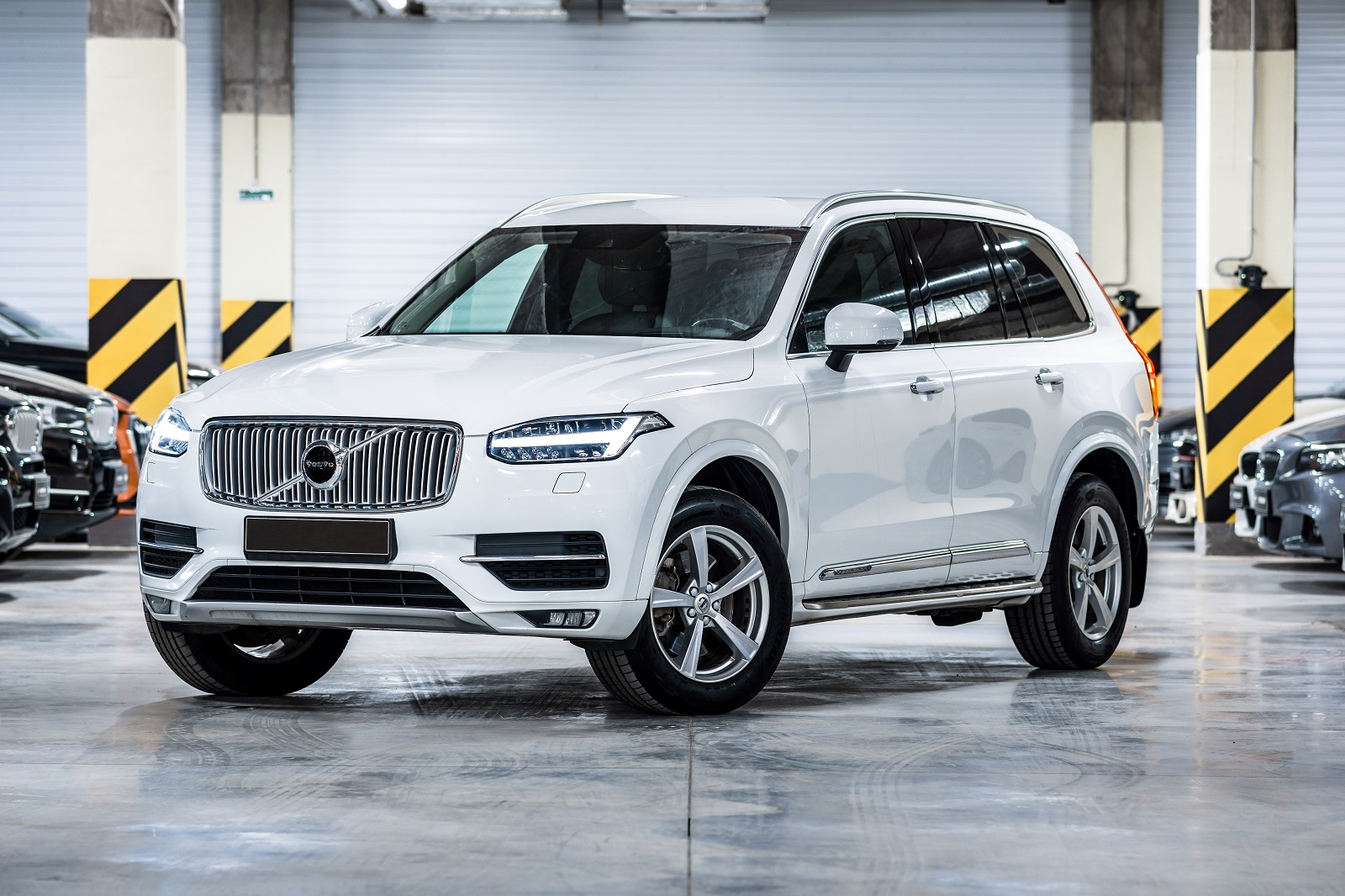
Image Credit: Shutterstock / rebinworkshop
Volvo faced recalls due to safety belt defects that compromised passenger protection. The issues highlighted the need for better safety belt design and testing. New regulations were established to enhance the reliability and effectiveness of safety restraint systems.
From Fiascos to Reform
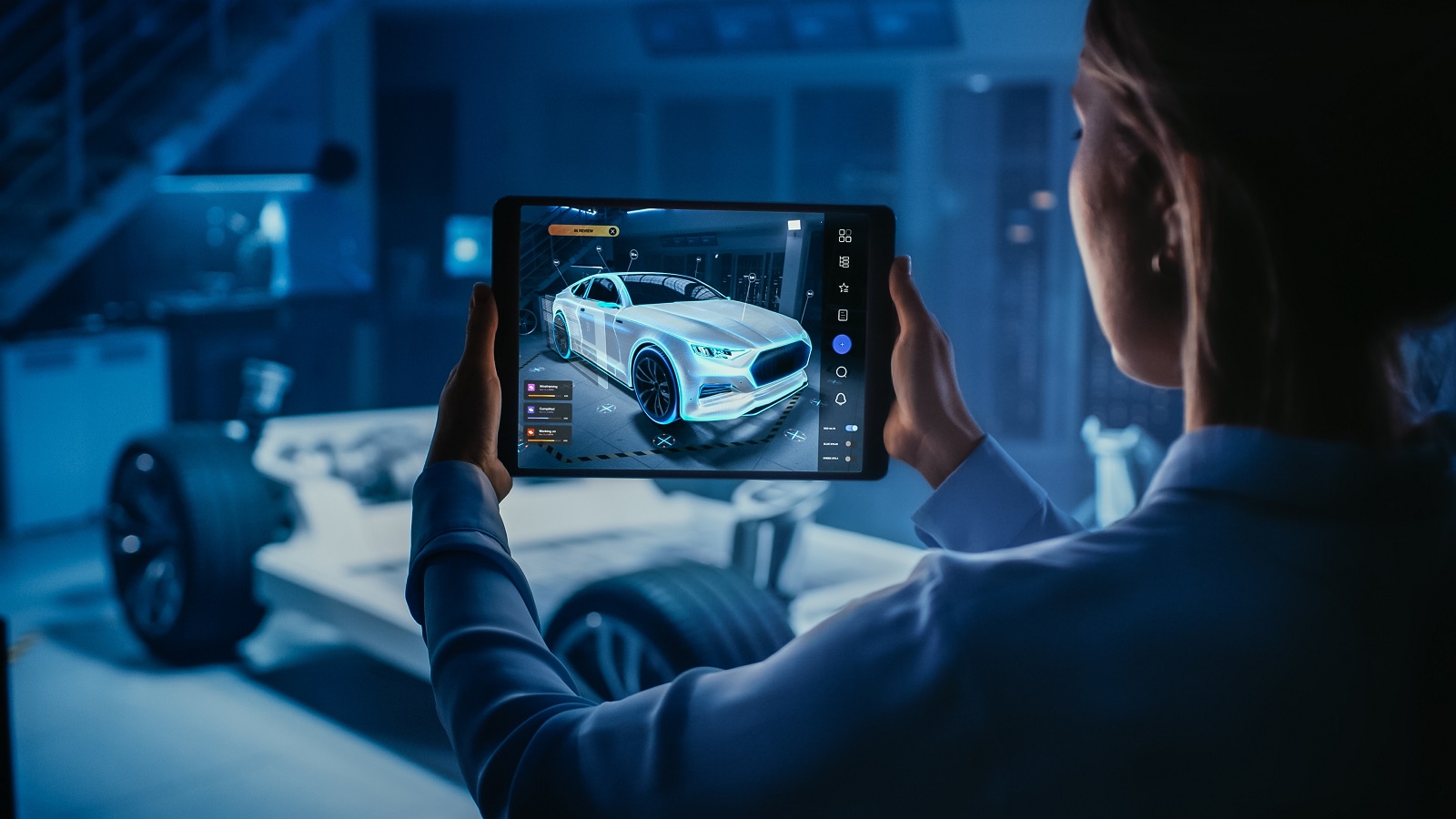
Image Credit: Shutterstock / Gorodenkoff
Automotive design failures can have far-reaching consequences, not only for drivers but for the industry as a whole. These failures often serve as a catalyst for regulatory change, leading to stricter safety standards and better vehicle designs. Understanding how these issues shape laws and standards can provide valuable insights into the ongoing evolution of automotive safety.
Police Magnet: 7 Cars That Guarantee You’ll Get Pulled Over
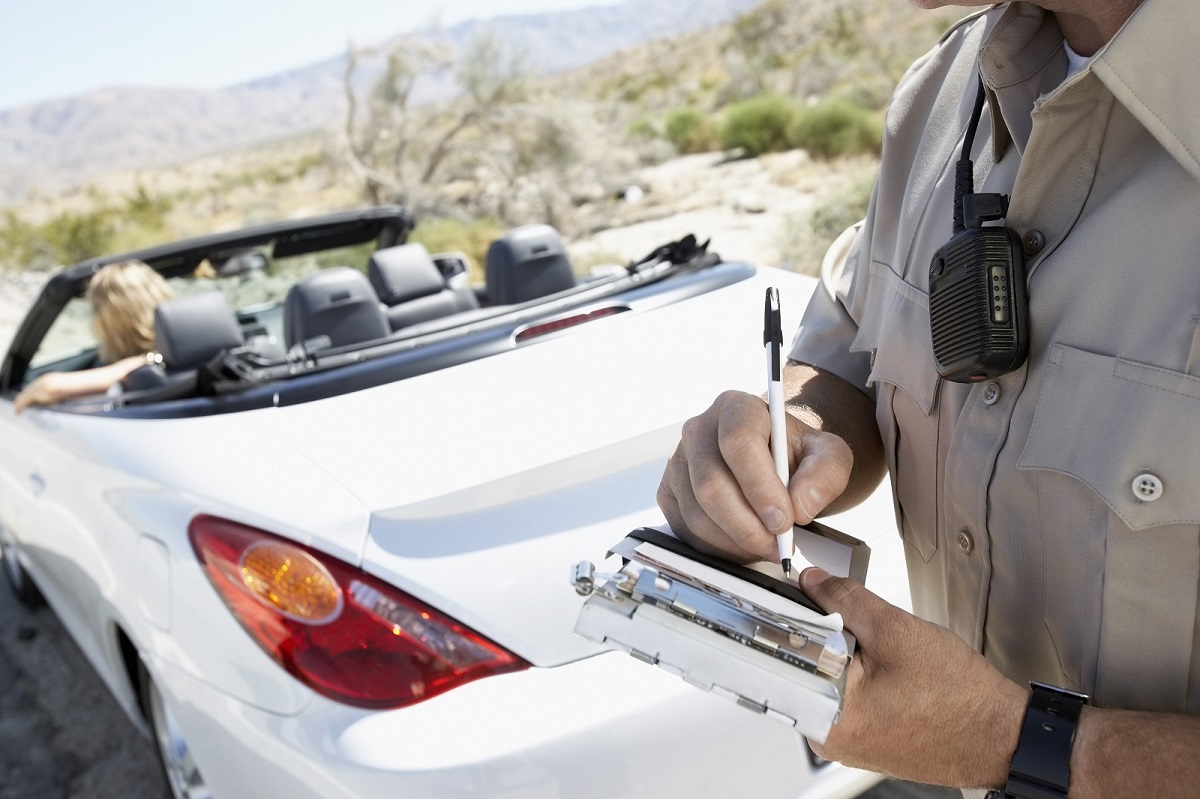
Image Credit: Shutterstock / sirtravelalot
Driving certain cars can make you more noticeable to law enforcement, even if you’re abiding by all the rules. Are you driving one of these “police magnets”? Here are seven cars that seem to attract more police attention than others. Police Magnet: 7 Cars That Guarantee You’ll Get Pulled Over
The Classic Cars That Were Total Clunkers
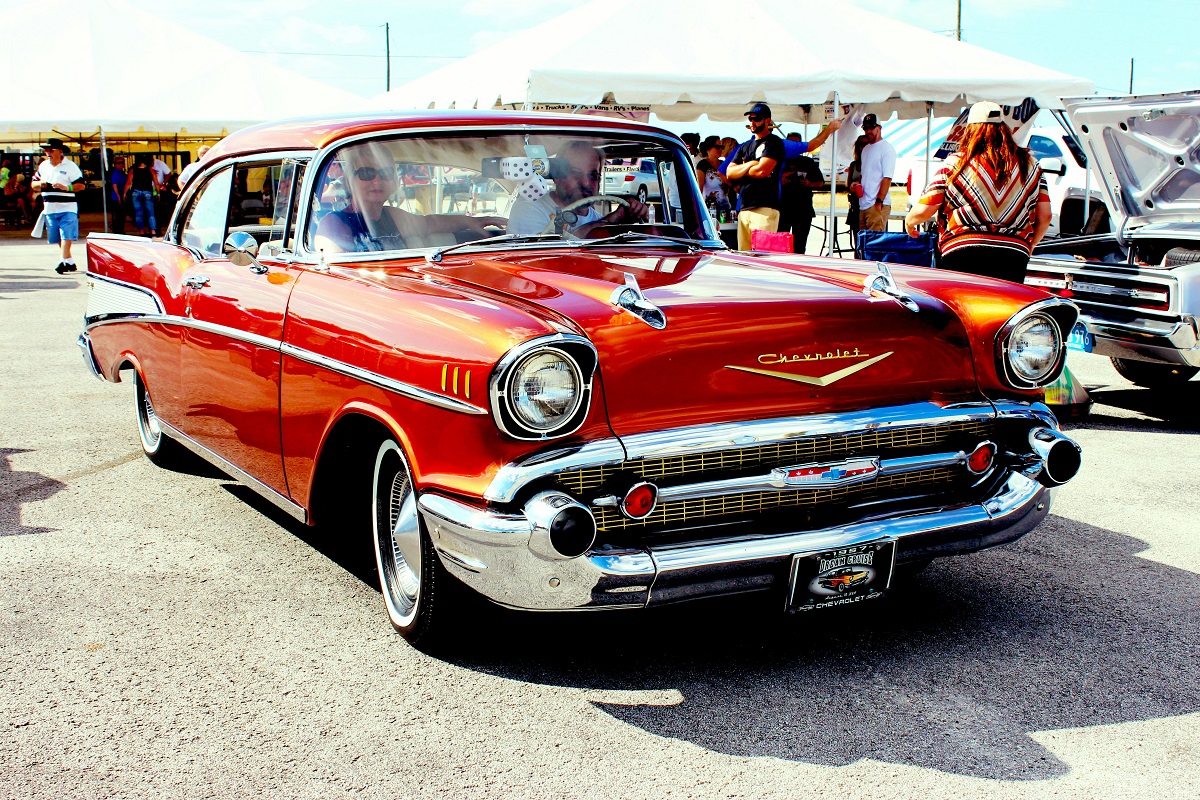
Image Credit: Pexels / Pixabay
Nostalgia has a funny way of making the past seem better than it was, especially when it comes to cars. But here’s the hard truth: some of those “classic” cars your dad raves about were real clunkers. Here’s a closer look at why some of those so-called “classics” weren’t all they were cracked up to be. The Classic Cars That Were Total Clunkers
The Worst U.S. Cars Ever Made: A Retro List

Image Credit: Pexels / Be The Observer
The U.S. auto industry has produced some incredible vehicles, but not every model was a hit. Here’s a look back at 16 of the worst cars ever made in the U.S., each infamous for its own unique flaws. The Worst U.S. Cars Ever Made: A Retro List
Featured Image Credit: Shutterstock / saravuth.
For transparency, this content was partly developed with AI assistance and carefully curated by an experienced editor to be informative and ensure accuracy.
The images used are for illustrative purposes only and may not represent the actual people or places mentioned in the article.
